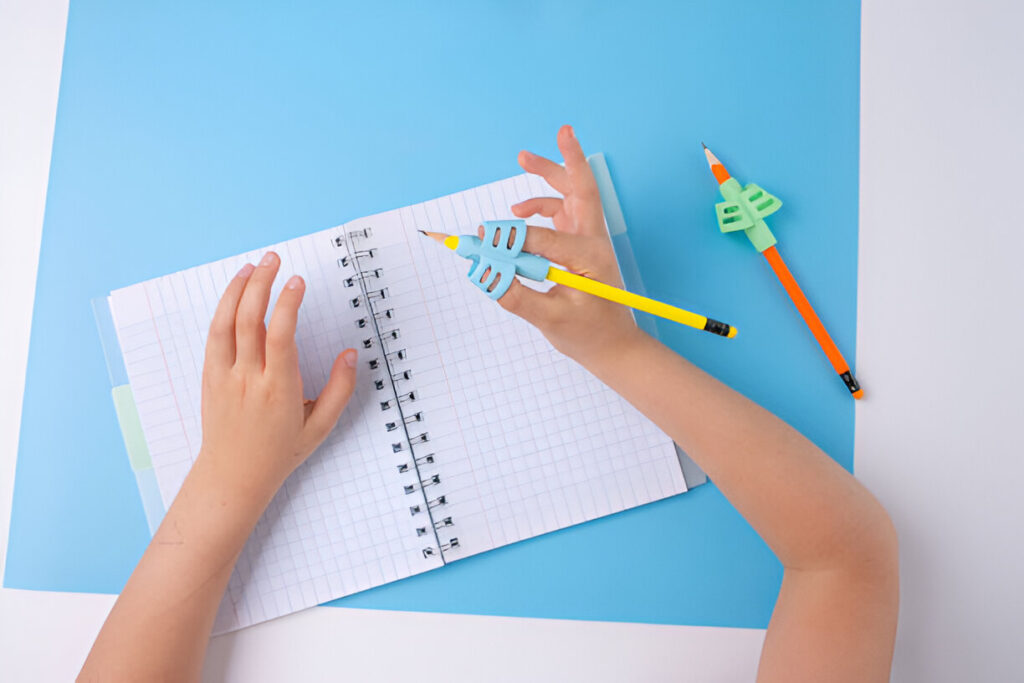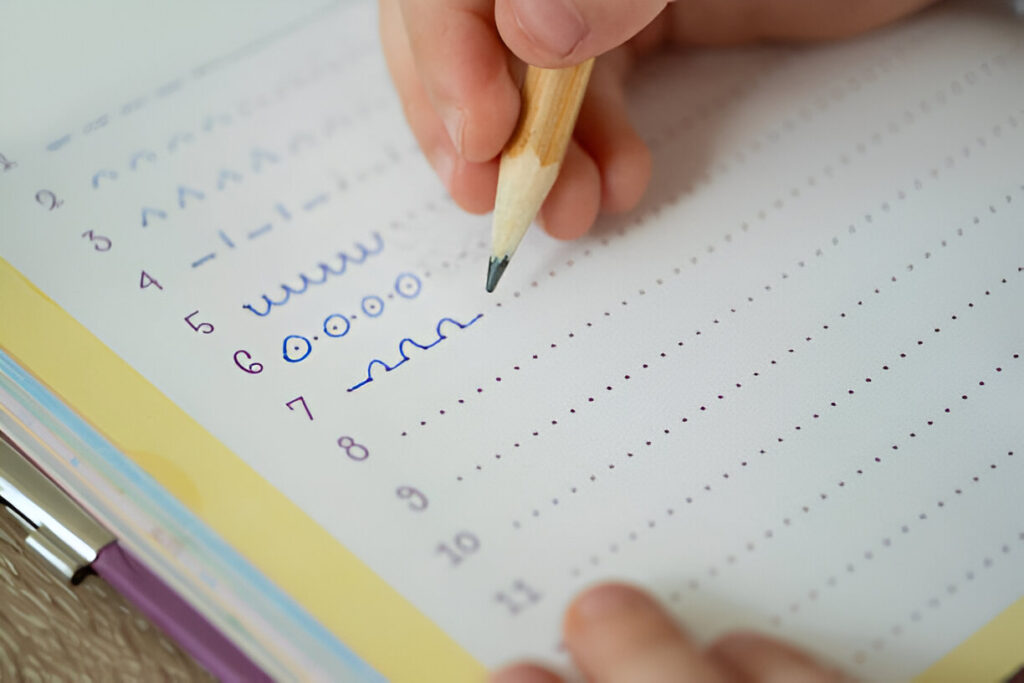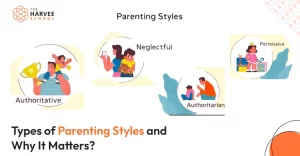Tips to Improve Handwriting for Kids
Handwriting is not just about writing words on paper; it’s a vital skill that affects everything from academic performance to self-expression.
For many children, developing good handwriting can be a challenging task. Whether you feel your child’s handwriting is messy or they struggle with letter formation, the good news is that there are plenty of practical strategies to help them improve.
We’ll cover some of the best tips for improving your child’s handwriting, with a focus on fine motor skills, visual perception, and hand-eye coordination.
1. Comfortable Writing Environment
The first step to improving handwriting is to set up the right space. Though this doesn’t directly influence good handwriting, a clean, well-lit area free of distractions helps kids focus. Whether it’s middle school students working on their writing skills or younger kids practicing pre-writing skills, the right environment can make a big difference.

Tip: Allocate a designated writing area with a sturdy desk or table, a comfortable chair, and the tools your child will need—lined paper, a pencil, erasers, and a comfortable writing surface.
2. Choose the Right Writing Tools
The tools your child uses play a huge role in how effectively they develop handwriting skills. For younger children, the pencil grip is especially important, as it helps them hold the pencil correctly. A correct grip encourages better control, resulting in neater writing.
Pencils: Start with a triangular pencil or pencil grips that help your child form the correct pencil grip between their index finger and middle finger. This makes it easier for them to write without strain.
Pens: Once they’re comfortable, you can move on to pen pencil or gel pens, which offer smoother writing and may feel easier to use.
Tip: If your child struggles with gripping a pencil correctly, there are many types of pencil grips available that guide them toward the right hold.
3. Focus on Correct Posture
Your child’s posture is just as important as the tools they use. Poor posture can lead to unnecessary strain on their hand muscles and hinder their ability to write neatly. Good posture helps with eye-hand coordination and fine motor skills to write the letters clearly.
Tip: Ensure that your child is sitting up straight, with their feet flat on the floor and their forearms parallel to the desk. Encourage them to hold the pencil comfortably, without pressing too hard.
4. Practice Proper Pencil Grip
A proper pencil grip is crucial for developing neat and legible handwriting. Many kids tend to grip their pencil too tightly or hold it in an awkward way. The goal is to have a relaxed yet firm grip between the index finger, middle finger, and thumb. This allows for better control while writing thus resulting in a good handwriting.

Tip: Encourage your child to practice the tripod grip, where they hold the pencil with the thumb, index, and middle fingers. If needed, use a pencil grip that helps them form the correct posture.
5. Use Lined Paper to Guide Letter Formation
Lined paper helps children maintain uniformity in their letter formation. The lines guide them on the size of each letter and ensure that they space their letters evenly. As children grow, you can gradually switch from wide-lined paper to narrower lines to challenge their writing skills.
Tip: For kids just starting, you might consider using handwriting worksheets or special pre-writing guides with extra space between the lines. These can help children gain control over their fine motor skills and letter formation.
6. Start with Letter & Line Practice
When it comes to improving cursive handwriting or print writing, the key is to start small. Begin with practicing individual letters and lines before jumping to words. This lays the groundwork for strong writing skills. Encourage your child to trace letters, and gradually let them write them from memory.

Tip: Use handwriting worksheets to give your child plenty of practice with different letters and numbers. Focus on letter formation and making each letter uniform in size and shape.
7. Slow Down and Focus on Accuracy
Sometimes, kids rush through their writing, which results in messy handwriting. Tell your child to slow down and focus on writing neatly rather than quickly. Taking their time helps them focus on accuracy, and with consistent practice, they’ll gradually improve.
Tip: Practice writing words or sentences slowly. You can set a timer for a short, focused session where they write as neatly as possible without rushing.
8. Incorporate Fun Activities
Make handwriting practice fun! Indulge your child in activities that will improve their writing skills while keeping them entertained. Whether it’s cursive handwriting practice or working on letter formation, having fun with writing can make a world of difference.
Tip: Let your child practice by writing short notes or creating stories. Play games that involve writing, like writing a list of their favorite things or creating a simple storybook with neat handwriting.
9. Develop Fine Motor Skills
Fine motor skills are essential for good handwriting, as they involve the small muscles in the hand and fingers. There are plenty of activities you can do to strengthen these muscles, which will help with handwriting practice.
Tip: Include activities like coloring, drawing, or using playdough to strengthen their hand muscles. These fun activities will help improve hand-eye coordination and contribute to better handwriting overall.
Also Read: 10 Easy & Fun Day to Day Fine Motor Activities to improve their pencil or pen grip.
Tips to Remember
Improving handwriting is a gradual journey, and every bit of progress, no matter how small, should be celebrated. Kids handwriting practice can be challenging, but seeing their improvement over time boosts their confidence.
Be patient and give lots of praise when they complete a writing task.
If your child struggles consistently with messy handwriting, there may be underlying issues such as dysgraphia (a condition that affects writing skills). An occupational therapist can provide targeted strategies to improve fine motor and visual perceptual skills that contribute to better handwriting.
Don’t hesitate to consult a professional if you notice ongoing difficulties with letter formation or handwriting legibility. Early intervention can make a significant difference.
Conclusion
Helping your child improve handwriting requires patience, practice, and a consistent approach. Focus on the fundamentals like pencil grip, letter formation, and fine motor skills and your child can develop the skills they need to write neatly and confidently.
With regular handwriting practice, you’ll see gradual improvements, whether your child is learning pre-writing skills or refining their cursive handwriting.






